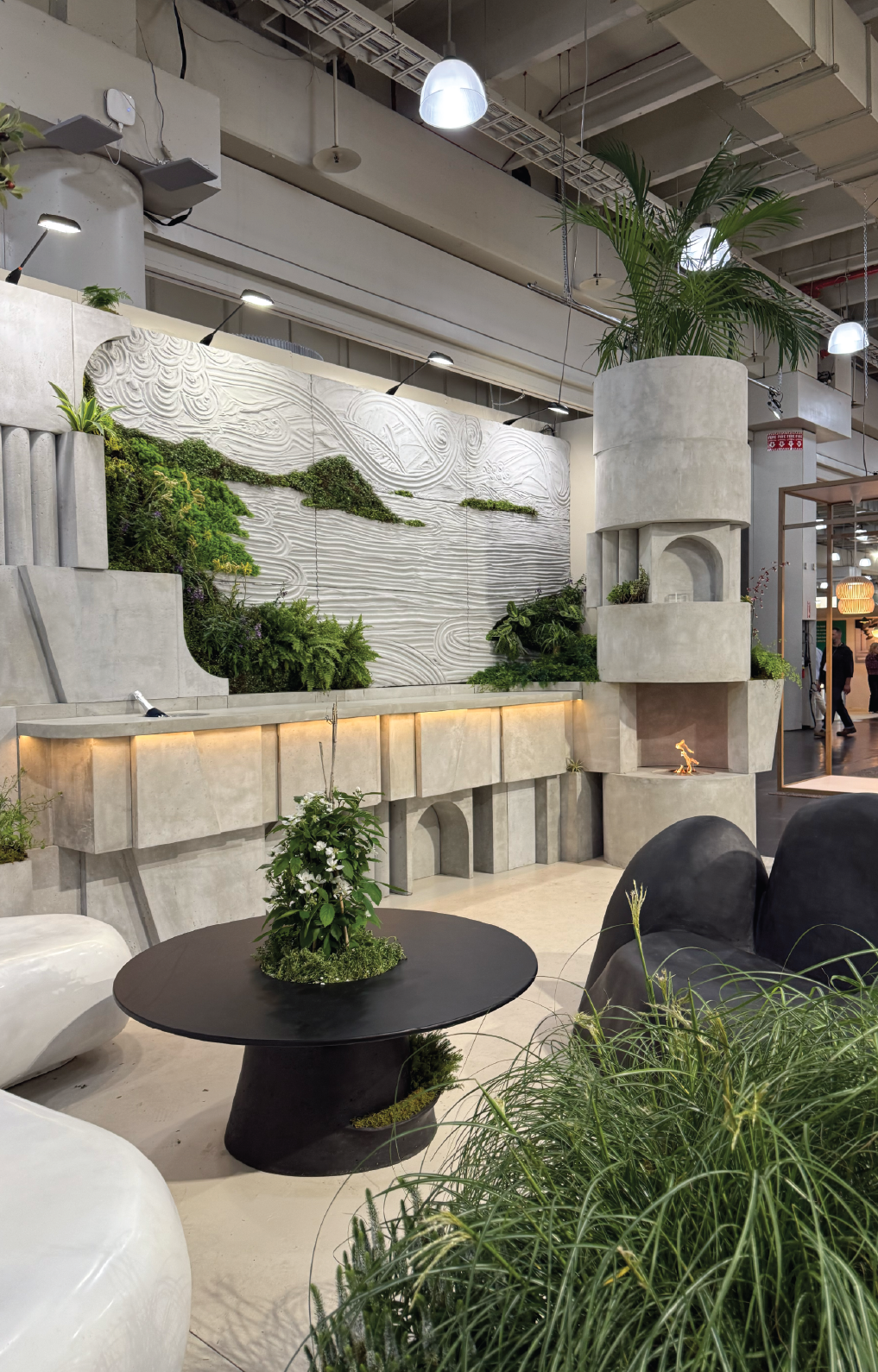Trade shows remain one of the most powerful opportunities for visibility, client connections, and press coverage in the AEC and design industry. But the bar has never been higher. Budgets are tighter. Attendees are more selective. Editors are looking for more than product launches.
To help you prepare, we put together Beyond the Booth: Your 2026 Trade Show Playbook. It distills lessons from the 2025 show floor and pairs them with UpSpring’s expert insights so you can plan smarter and stand out in 2026.
What You Will Learn:
1. What 2025 Taught Us & Why it Matters for 2026
2. What We Saw on the Show Floor: Attendance, Energy & Expectations
3. Design & Product Trends to Watch in 2026
4. Designing Booths That Attendees Remember
5. Before, During, After: What Drove Digital Engagement
6. From Pitch to Press: What Got Covered and Why
7. Don’t Just Exhibit. Connect.
8. The Most Avoidable Mistakes We Saw in 2025
9. Looking Ahead: Is Your 2026 Strategy Ready?

In the AEC and design industry, trade shows continue to be a key channel for visibility, business development, and press coverage. These events bring together the audiences that matter most—designers, specifiers, buyers, and editors—and create rare opportunities for face-to-face connection in a digital-first world.
Heading into 2026, trade shows will take place in a more complex economic environment. Inflationary pressures, ongoing global instability, and the impact of U.S. tariffs on imported goods will force many manufacturers to rethink their marketing and sales strategies. Trade shows will still be worth the investment, but with marketing budgets under pressure, it will be more important than ever to ensure that every trade show dollar works harder.
Drawing on insights gathered after attending industry shows such as IIBEC, KBIS, ICFF, High Point Market, and NeoCon, UpSpring has identified patterns in attendance behavior, booth engagement, media interest, and digital strategy. These observations are paired with broader industry research to help you prepare effectively for the year ahead.
With competition for attention growing, success in 2026 will depend on more than foot traffic. It will require clarity of message, creative execution, and alignment with evolving specifier expectations. What follows are the most important insights, patterns, and recommendations to help you prepare for a more competitive—and opportunity-rich—2026.

Across the major shows of 2025, attendance was strong, booths were well-staffed, and most importantly, visitors were engaged. While individual experiences varied by show and hall layout, one clear pattern emerged: attendees came ready to discover what’s next.
Most UpSpringers described traffic as the same or higher than in recent years, with steady interest across categories. Brands reported meaningful conversations happening in the aisles—not just casual browsing. At KBIS, companies in luxury appliances, filtration, and surface materials noted consistent foot traffic, especially in booths that were visually distinct or delivered unexpected hospitality moments, like chef demos or coffee service.
The general sentiment skewed optimistic. Conversations centered on innovation, personalization, and future project planning rather than near-term constraints. While some noted budget hesitations from commercial clients or cautious buyers, the tone from most attendees reflected renewed investment in quality and design-forward solutions.

Across the major shows of 2025, attendance was strong, booths were well-staffed, and most importantly, visitors were engaged. While individual experiences varied by show and hall layout, one clear pattern emerged: attendees came ready to discover what’s next.
Most UpSpringers described traffic as the same or higher than in recent years, with steady interest across categories. Brands reported meaningful conversations happening in the aisles—not just casual browsing. At KBIS, companies in luxury appliances, filtration, and surface materials noted consistent foot traffic, especially in booths that were visually distinct or delivered unexpected hospitality moments, like chef demos or coffee service.
The general sentiment skewed optimistic. Conversations centered on innovation, personalization, and future project planning rather than near-term constraints. While some noted budget hesitations from commercial clients or cautious buyers, the tone from most attendees reflected renewed investment in quality and design-forward solutions.
For 2026, this renewed momentum also comes with higher expectations. Attendees want storytelling, memorable experiences, and clarity on how a product fits into evolving trends. Passive booths or unclear messaging felt out of place and underwhelming next to more dynamic brand activations.
That said, the broader market context shouldn’t be ignored. U.S. tariffs are beginning to shape both buying behavior and messaging strategy. According to ThinkLab’s Q2 2025 Baseline Report, 70% of manufacturers are adjusting pricing to offset cost pressures. These shifts are largely dependent on product category and country of origin, but the most common surcharges or price increases range from 2% to 5%. As a result, architects and designers are already starting to seek out more domestic partners for greater reliability and speed.
Manufacturers that rely on international components may face rising costs and longer lead times. Domestic brands, meanwhile, could find new messaging opportunities—if they clearly communicate their value.
The key takeaway: simply being on the show floor is no longer enough. Brands need to arrive with a strategy that reflects the realities specifiers and their clients are facing, aligns with what architects and designers are looking for, and delivers a clear and memorable message.


